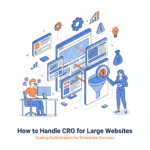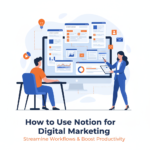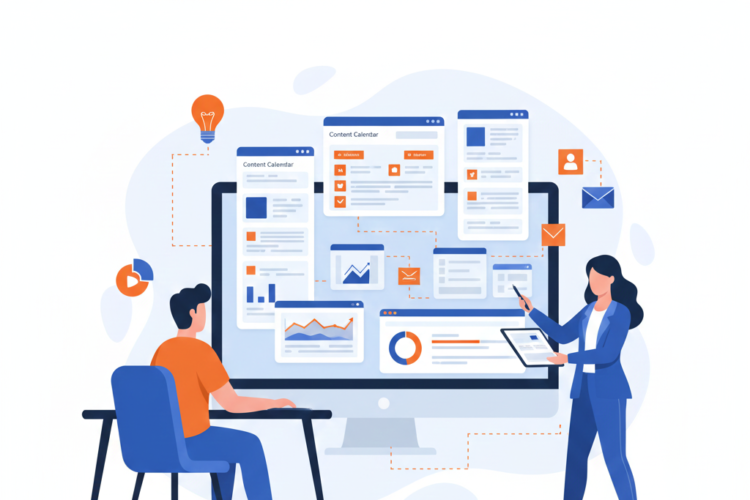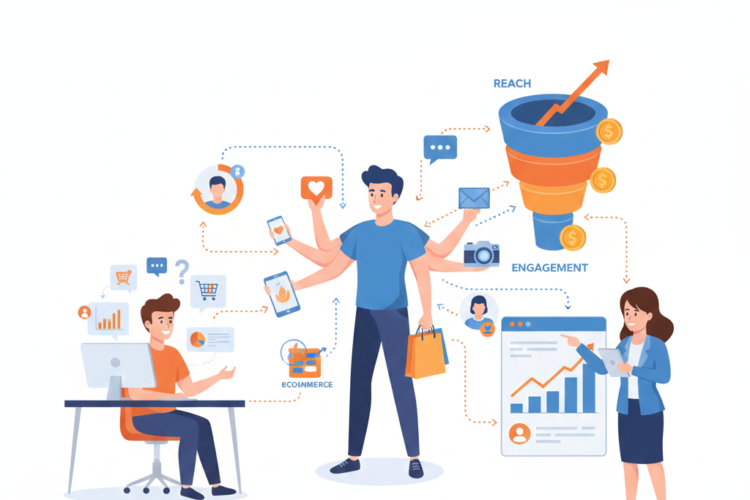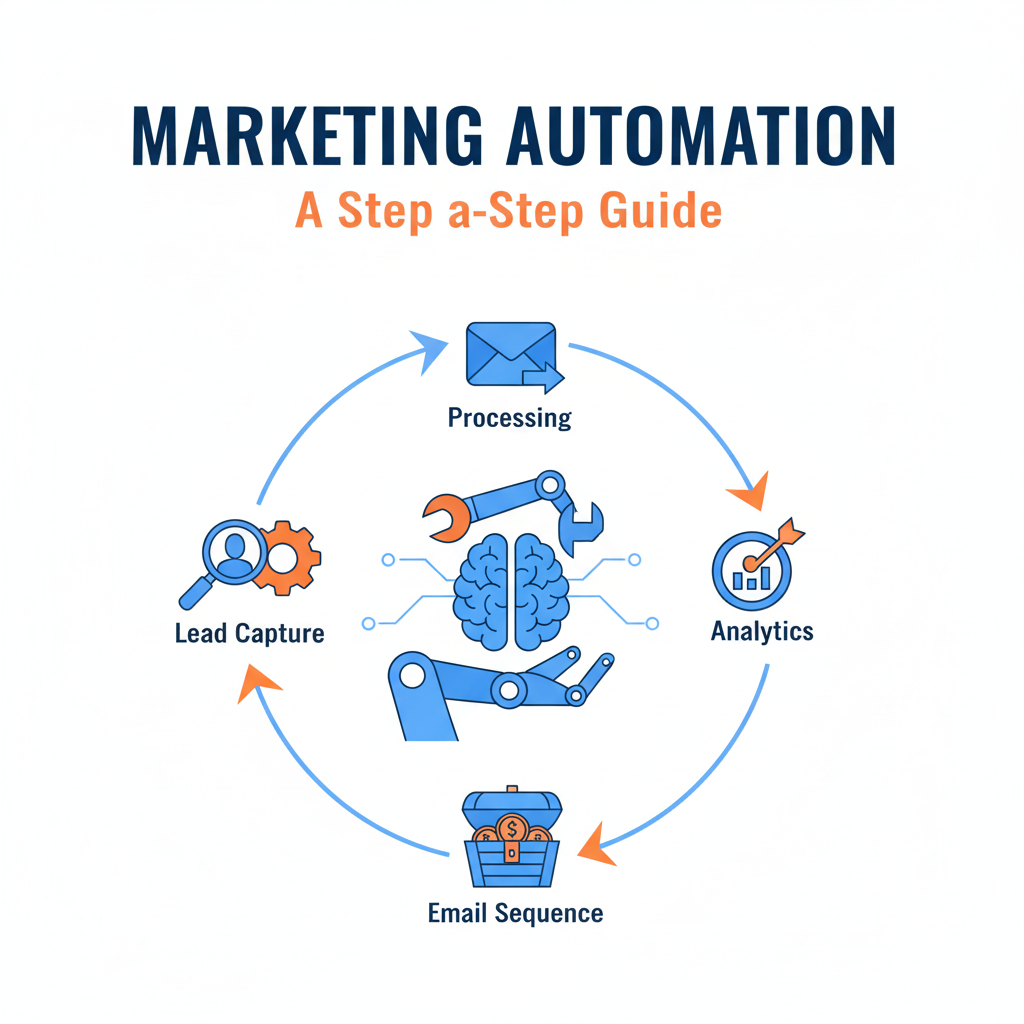
Marketing Automation: A Step-by-Step Guide
1. Introduction: What is Marketing Automation?
Marketing automation is the use of software platforms and technologies to automate repetitive marketing tasks, manage campaigns across multiple channels, and nurture leads throughout the customer journey.
It helps businesses to:
Deliver personalized messages at scale
Save time and resources
Increase engagement and conversions
Measure and optimize marketing performance
Examples of automated tasks: email campaigns, social media posting, lead scoring, and retargeting ads.
2. Benefits of Marketing Automation
Efficiency and Time Savings – Automate repetitive campaigns like email sequences or social media posts.
Personalization at Scale – Send the right message to the right audience at the right time.
Lead Nurturing – Automatically guide prospects through the buyer journey.
Data-Driven Decisions – Analytics help optimize campaigns and ROI.
Improved Customer Retention – Automated follow-ups, reminders, and loyalty campaigns.
3. Key Components of Marketing Automation
Email Automation – Drip campaigns, newsletters, cart abandonment emails
CRM Integration – Centralized data for personalized communication
Lead Scoring – Identify hot leads automatically based on behavior
Segmentation – Divide audiences based on interests, behavior, or demographics
Multi-Channel Automation – Emails, SMS, push notifications, social ads, retargeting
Analytics and Reporting – Measure campaign performance
4. Step-by-Step Marketing Automation Process
Step 1: Define Your Goals
Identify what you want to achieve with automation, e.g.,
Generate leads
Increase sales
Improve customer retention
Boost engagement
Clearly defined goals help in choosing the right tools and workflows.
Step 2: Map the Customer Journey
Understand how prospects move from awareness → consideration → decision → retention.
Awareness: Blog posts, social media, lead magnets
Consideration: Email nurturing, case studies, webinars
Decision: Discounts, product demos, consultation offers
Retention: Loyalty emails, product updates, feedback requests
Step 3: Segment Your Audience
Divide contacts into relevant groups based on:
Demographics (age, location, gender)
Interests or behaviors
Past purchases or engagement
Stage in the buyer journey
Segmented automation ensures relevance, which improves open rates and conversions.
Step 4: Choose the Right Automation Platform
Popular tools include:
Email Automation: Mailchimp, Klaviyo, ActiveCampaign
CRM & Marketing Automation: HubSpot, Salesforce Marketing Cloud, Zoho
E-commerce Automation: Shopify Flow, Omnisend
Social Media Automation: Buffer, Hootsuite, Sprout Social
Tip: Choose a platform that integrates with your CRM, website, and other marketing channels.
Step 5: Create Automated Workflows
A workflow is a sequence of actions triggered by specific events.
Examples:
Lead Nurturing Workflow:
Trigger: User downloads a lead magnet
Step 1: Send welcome email
Step 2: Send educational content over 5 days
Step 3: Send consultation offer
Cart Abandonment Workflow:
Trigger: Customer leaves items in cart
Step 1: Send reminder email within 1 hour
Step 2: Send follow-up with discount after 24 hours
Step 3: Send final reminder after 48 hours
Customer Retention Workflow:
Trigger: Customer makes a purchase
Step 1: Send thank-you email
Step 2: Request feedback or review
Step 3: Share related products or loyalty program
Step 6: Personalize Messages
Include the recipient’s name
Reference past interactions or purchases
Use dynamic content blocks (different offers for different segments)
Send emails based on behavioral triggers
Personalization increases engagement and conversion rates.
Step 7: Test and Optimize
A/B Test subject lines, email copy, and CTAs
Monitor open rates, click-through rates, and conversions
Adjust workflows and timing for maximum performance
Step 8: Analyze and Report
Measure performance using KPIs:
Open Rate
Click-Through Rate (CTR)
Conversion Rate
Revenue Generated
Customer Lifetime Value (CLV)
ROI per campaign
Regular analysis helps in refining automation strategies and identifying bottlenecks.
5. Best Practices for Marketing Automation
Start Small: Automate high-impact workflows first, like lead nurturing or cart recovery.
Keep it Human: Even automated messages should feel personal and conversational.
Maintain Data Hygiene: Ensure CRM data is clean and updated to avoid errors.
Segment Audiences: Avoid sending the same message to everyone.
Monitor Deliverability: Check email spam scores and domain reputation regularly.
Stay Compliant: Follow GDPR, CAN-SPAM, and other data regulations.
6. Common Mistakes to Avoid
Overloading users with too many emails or messages
Ignoring personalization
Not integrating CRM and marketing platforms
Failing to test workflows before launch
Not measuring performance or optimizing campaigns
7. Conclusion
Marketing automation allows businesses to scale engagement, nurture leads, and improve conversions without manually handling every interaction.
By following these steps—defining goals, mapping the customer journey, segmenting audiences, setting up workflows, personalizing messages, testing, and analyzing—businesses can build efficient, high-performing marketing automation systems that drive growth and revenue.
Author
